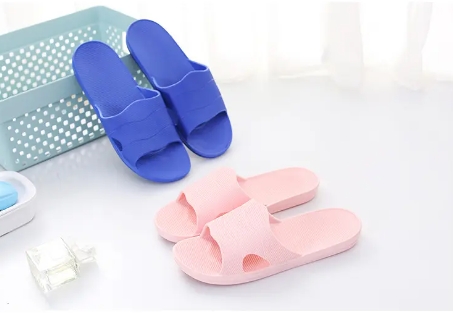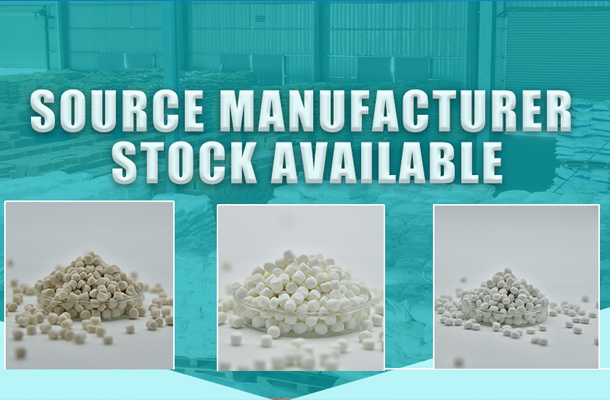Choosing between EVA (Ethylene-Vinyl Acetate) and TPR (Thermoplastic Rubber) soles largely depends on individual needs and the intended use, as each material has its unique advantages:
Advantages of EVA Soles:
- Lightweight: EVA soles are exceptionally light, catering to users who prioritize minimal weight.
- Cushioning: They offer excellent shock absorption and cushioning, ideal for athletic shoes, effectively safeguarding the feet from ground impact.
- Flexibility and Resilience: Characterized by high flexibility and bounce-back, ensuring comfortable wear.
- Durability: They possess good wear resistance, prolonging the sole’s lifespan.
- Versatility: Frequently used in sports shoes, basketball shoes, outdoor trekking shoes, and casual footwear.
Advantages of TPR Soles:
- Traction: TPR soles generally provide superior slip resistance compared to EVA, suitable for scenarios requiring strong grip, such as dress shoes, fashion sneakers, and children's active shoes.
- Strength and Durability: TPR soles are more robust, better suited for applications demanding high abrasion resistance.
- Water Resistance: Being a rubber-like material, TPR offers improved water-resistant properties.
- Cost-Effectiveness: TPR soles are often more economically priced, offering a good value for money.
Conclusion:
- If you prioritize lightness, cushioning, and long-term comfort, especially in sports or outdoor activities, EVA soles would likely be the better choice.
- Conversely, if your primary concerns are slip resistance, suitability for wet or slippery surfaces, or enhanced durability, TPR soles would be more fitting, particularly for everyday wear shoes like dress shoes or children's footwear.
Ultimately, determining which is "better" hinges on personal requirements and the specific purpose of the shoes.







